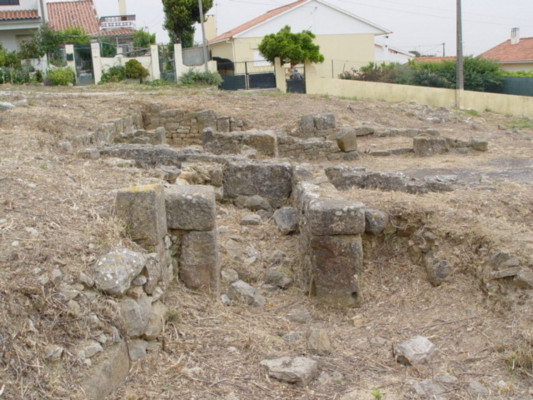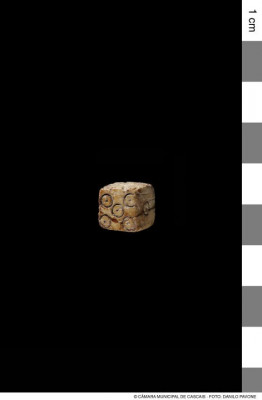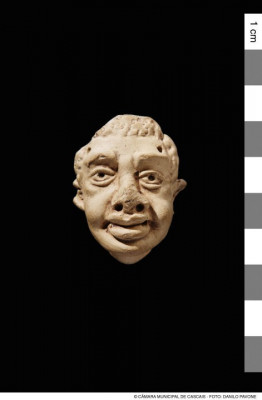Choose locations to explore
Select the desired period of history
1st - 7th century AD
Roman villa of Alto do Cidreira
Roman villa with some monumentality, particularly for the low-imperial and late-antiquity eras, associated with exceptional archaeological material, namely a small terracotta mask representing the head of an African.A residential area (pars urbana) has been revealed, including part of a bathing sector (thermae) and elements corresponding to the different functional areas of the villa, including the necropolis. The discovered Roman aqueduct may be related with an area of manufacturing and agriculture (pars rustica and pars fructuaria). Fragments of Paleochristian grey terra sigillata ceramic recipients were also found.The occupation of the site may have begun in Pre-History, extending until the Middle Ages (Islamic period). Some of the identified structures may belong to a later period.
Add to route
Typology
Rural property | Villa / Casal, Aqueduct, Necropolis
Archeological interventions
1977; 1980-1982; 1999; 2005; 2007-2008; 2010
Suggested reading
Encarnação, J. (1982) - A villa romano do Alto do Cidreira. In Arquivo de Cascais: Boletim Cultural do Município. Cascais: Câmara Municipal de Cascais.
Nolen, J. S. (1990) - A villa romana do Alto do Cidreira: Cascais: os materiais. Cascais: Associação Cultural de Cascais.
Cardoso, G. (1991) - Carta arqueológica do Concelho de Cascais. Cascais: Câmara Municipal de Cascais.
Encarnação, J. (2005) - A presença romana em Cascais: um território da Lusitânia ocidental. Lisboa: Museu Nacional de Arqueologia. Cascais: Câmara Municipal de Cascais.
Cardoso, G.; Encarnação, J. (2010) - Roteiros do Património da Cascais: Património Arqueológico. Cascais: Câmara Municipal de Cascais.
Nolen, J. S. (1990) - A villa romana do Alto do Cidreira: Cascais: os materiais. Cascais: Associação Cultural de Cascais.
Cardoso, G. (1991) - Carta arqueológica do Concelho de Cascais. Cascais: Câmara Municipal de Cascais.
Encarnação, J. (2005) - A presença romana em Cascais: um território da Lusitânia ocidental. Lisboa: Museu Nacional de Arqueologia. Cascais: Câmara Municipal de Cascais.
Cardoso, G.; Encarnação, J. (2010) - Roteiros do Património da Cascais: Património Arqueológico. Cascais: Câmara Municipal de Cascais.
Address
Rua do Alto do Cidreira, Carrascal de Alvide, Cascais
Useful links
Cascais Culture - Archaeological Heritage - https://cultura.cascais.pt/listagens/patrimonio-arqueologico
Identification code
LxR1105001
Cookies
All cookies used by www.lisboaromana.pt website are for the technical storage or transmission of communication through an electronic communications network.
The website www.lisboaromana.pt also uses language cookies for website users. These cookies have a duration of one year. See our Cookie policy






